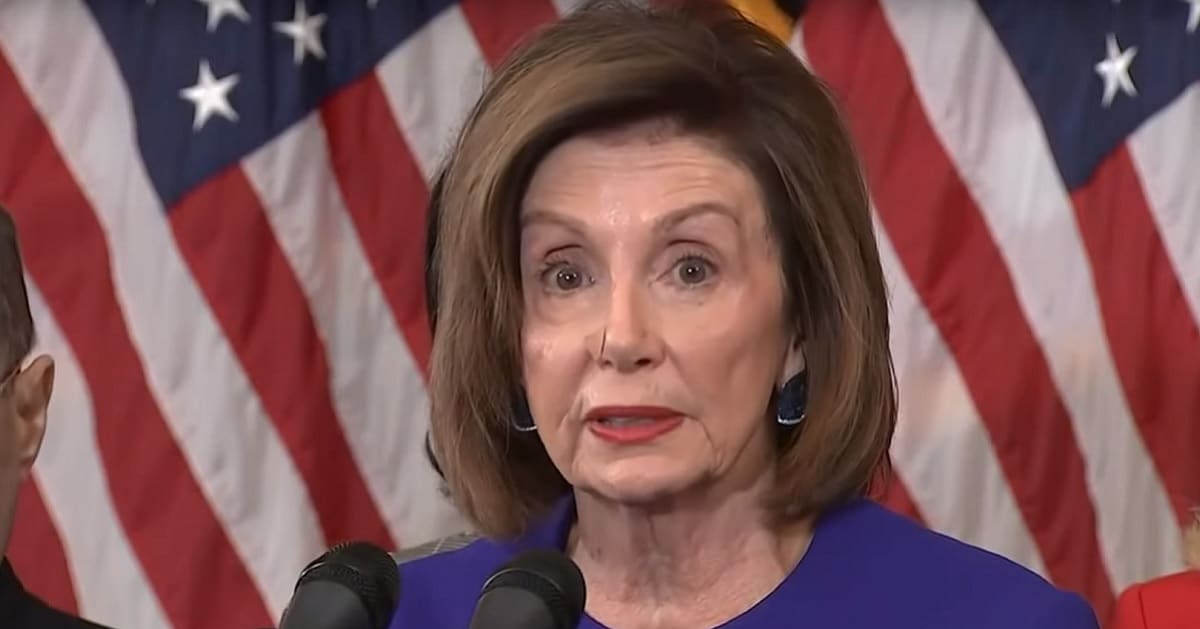Dynamics of the Supreme Court Decisions
This term, the Supreme Court considered 50 challenges, with nine originating from the 5th Circuit. About 66% of these 5th Circuit decisions were reversed.
Reversed cases touched on critical societal issues such as gun rights, abortion, and censorship, including significant cases like Murthy v. Missouri and FDA v. Alliance for Hippocratic Medicine.
Subjects covered included collaboration between the government and Big Tech over censorship, mail distribution of abortion pills, funding of consumer protection agencies, and restrictions on firearm possession under domestic violence situations.
Analysts and justices themselves have commented on this trend. Elliot Mincberg noted that this ongoing pattern supports the view that the 5th Circuit is more conservative than the Supreme Court.
Justice Amy Coney Barrett, in her opinions, explicitly noted errors in the 5th Circuit’s decisions, underscoring her stance that constitutional rights such as the Second Amendment are not absolute.
Furthermore, legal experts predict an increase in challenges from traditionally liberal circuits, like the 1st and 9th, especially if a Republican administration comes into power after November.
Understanding the Legal Implications
Although the Supreme Court upheld three cases from the 5th Circuit, the overall trend of reversals highlights a critical introspective look at some of the broader judicial inclinations that might not align with the Supreme Court’s interpretation.
Decided cases involved a variety of issues, including jury trials regarding administrative law judges, bump stock bans, and removal notifications for illegal immigrants.
Ilya Shapiro emphasized that the 5th Circuit's conservative reputation attracts certain legal challenges, suggesting a strategic preference for those filing lawsuits.
The discrepancies in rulings between the Supreme Court and the 5th Circuit may reshape future legal arguments and influence the filing strategies of advocates.
With the Supreme Court setting a precedent of scrutiny over the 5th Circuit’s decisions, legal practitioners will likely adjust their approaches based on this term’s outcomes.
The narrative around the conservative nature of the Supreme Court is challenged, bringing into question how enduring these ideological shifts may be.
Conclusion
This term’s reversals by the Supreme Court highlight a complex narrative that defies simple conservative versus liberal categorizations, showcasing a nuanced bench that prioritizes a balanced judicial examination over ideological consistency.
The details of each reversed case contribute to a broader understanding of the legal landscape, showcasing a Supreme Court that, while conservative, does not always align with the 5th Circuit's far-right tendencies.
This judicial term not only sheds light on the current judicial ethos but also sets the stage for future legal battles that may further define the contours of U.S. law.











